It’s hard to say which was the bigger space celebrity in 2024: the sun, or the moon.
Right from the outset, the moon was the place to be. In January, Japan became the fifth nation to join the 238,000-mile-high club when its “Moon Sniper” mission completed the most precise lunar landing in history — despite a last-minute glitch that left the lander perched on its nose. Around the same time, rival missions from private spaceflight companies resulted in the first commercial moon landing in history. This year also saw China head to the far side of the moon for the second time — this time bringing several pounds of precious lunar samples back to Earth with its Chang’e 6 spacecraft.
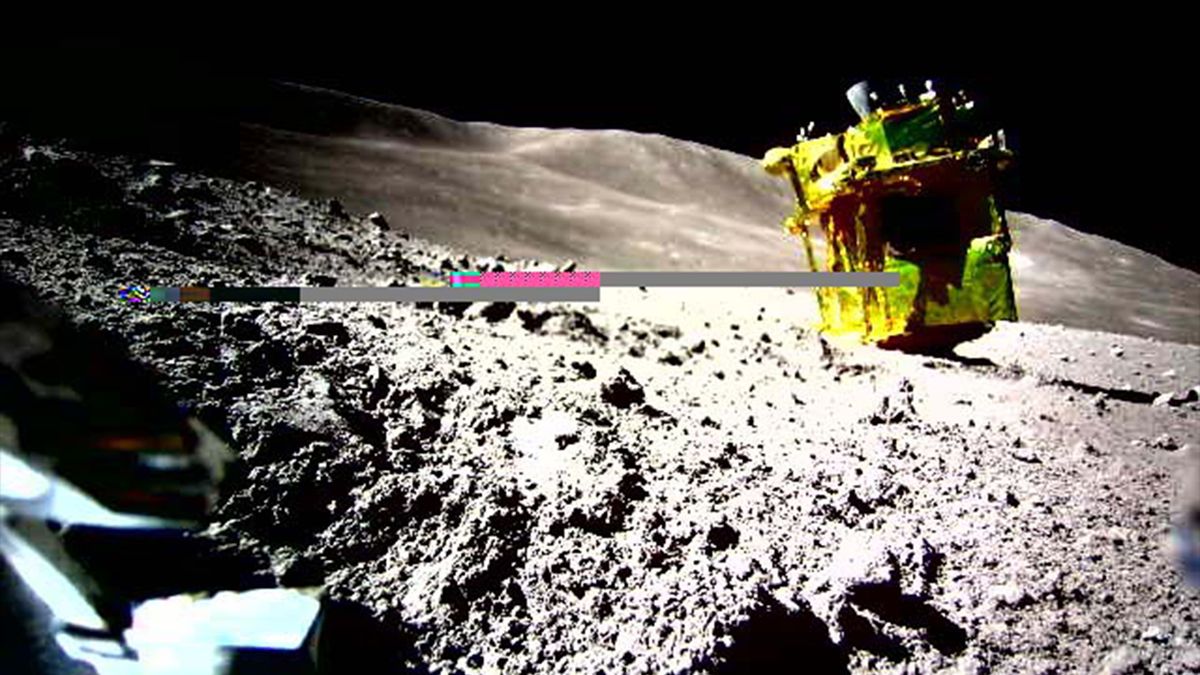
Not to be outshined by Earth’s natural satellite, the sun made its presence known in 2024 in big ways. In October, scientists from NASA and the National Oceanic and Atmospheric Administration (NOAA) confirmed that the sun had officially entered the chaotic peak of its 11-year activity cycle, known as solar maximum. But the writing was on the wall — and painted in Earth’s skies — long before that, as the sun spent all year stirring up solar storms, firing off powerful X-class flares and showering our planet with rare global auroras, some of which were seen as far south as Florida. The intense solar activity delighted skywatchers but alarmed farmers whose GPS-guided tractors started swerving off-course “like they were demon possessed.”
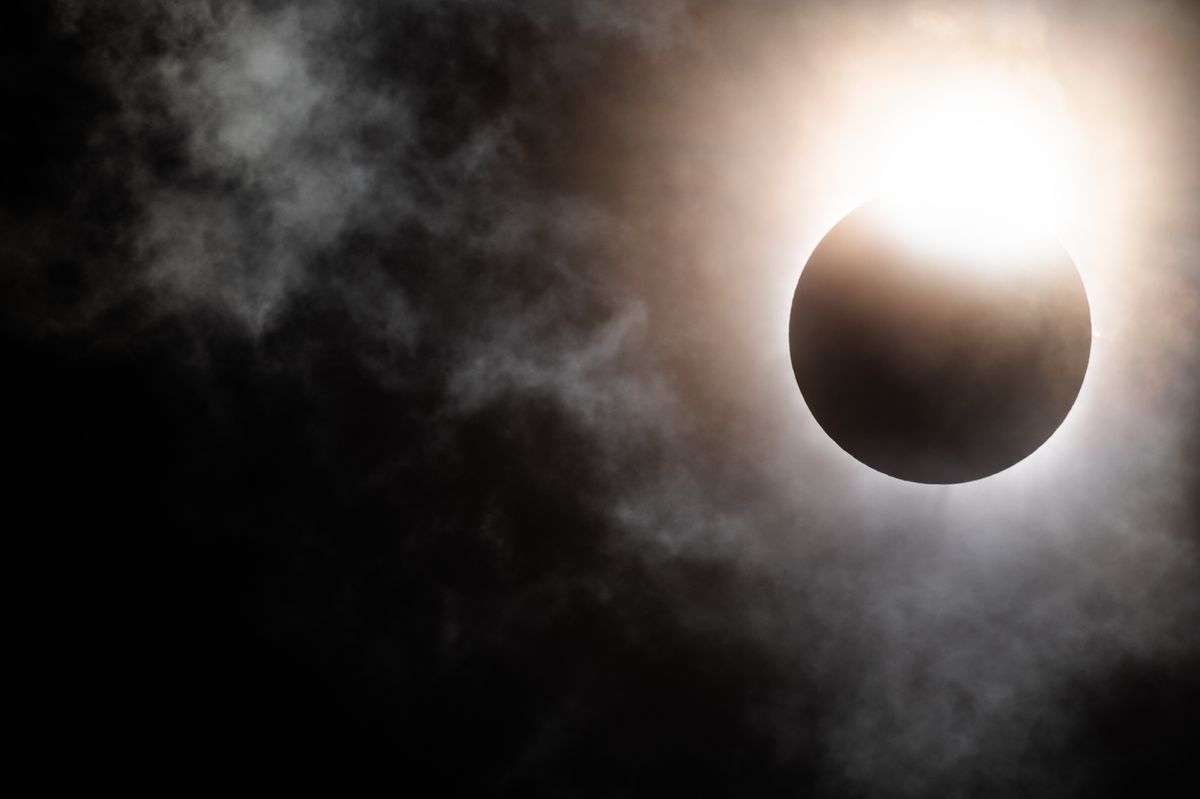
Can’t Earth’s favorite celestial bodies just get along? They did, for a few hours on April 8, when a long-anticipated total solar eclipse glided across North America from Mexico to Canada. With Earth, the moon and sun temporarily aligned, an estimated 44 million people — and at least one goose — were treated to eerie darkness in the daytime, augmented colors and temperatures, and a rare naked-eye view of the sun’s crackling corona.
Related: 12 strange reasons humans haven’t found alien life yet
It was hard to look away from the sun and moon this year. But exciting observations continued to pour in from every corner of the cosmos. In case you missed them, here are a few of my favorite under-the-radar space stories of 2024.
A human-caused meteor shower?
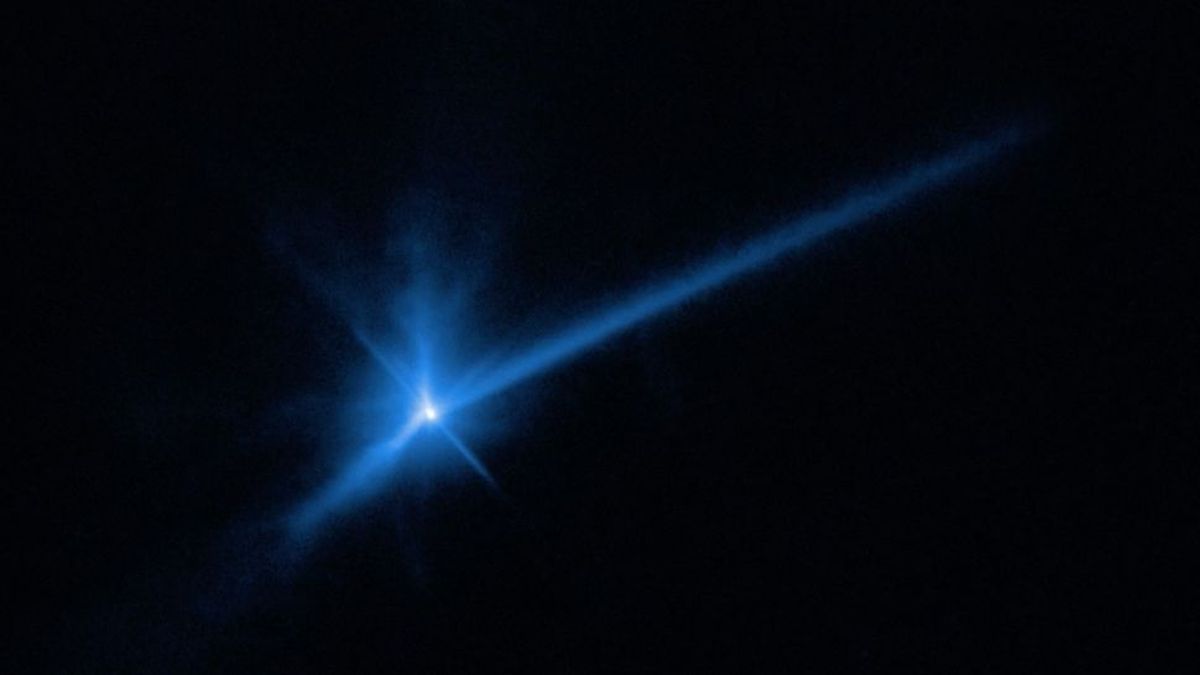
It turns out that intentionally smashing a spaceship into an asteroid can have some unexpected consequences. NASA launched its Double Asteroid Redirection Test (DART) mission in 2022 to see whether humans could deflect an asteroid using the kinetic force of a high-speed rocket. The mission was a huge success — but, as research published this year hinted, the debris from the collision could eventually make its way to Mars, or even to Earth. If this happens, the rocky fragments wouldn’t pose a threat. Rather, they would burn up in Earth’s atmosphere as the first human-caused meteor shower in history. Scientists have already named this hypothetical shower “the Dimorphids,” after the name of the stricken asteroid Dimorphos.
The largest map of the universe unfolds
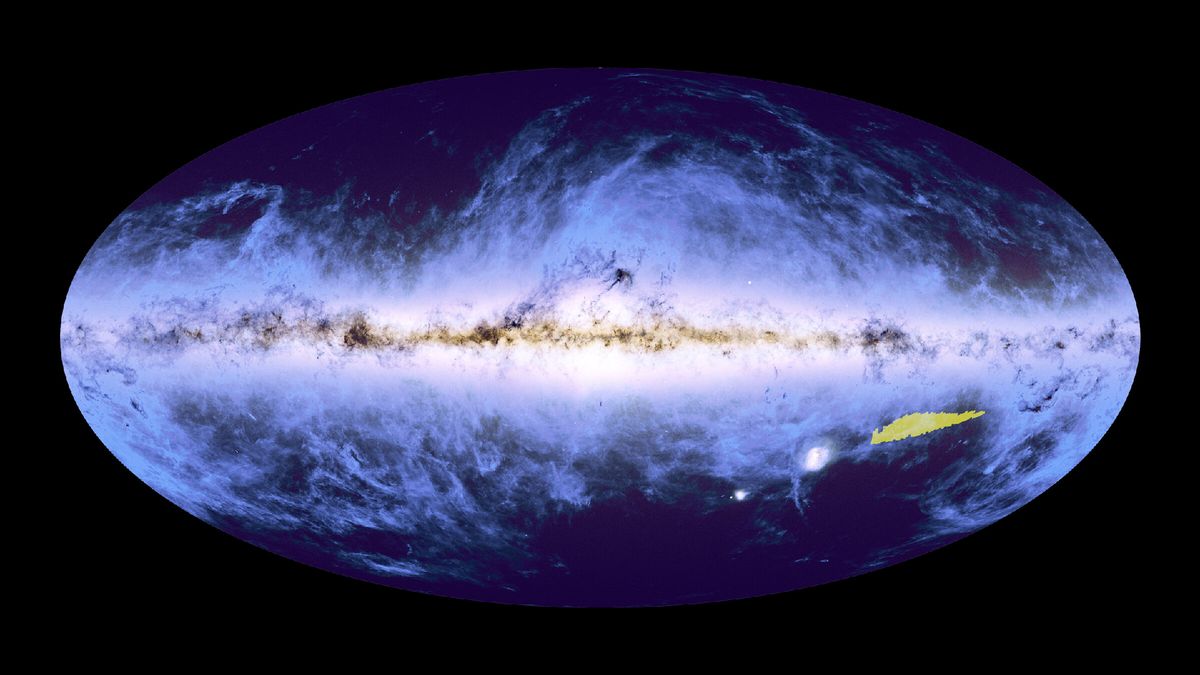
This year, the European Space Agency‘s Euclid telescope switched on its science instruments and began the ambitious mission of creating the largest 3D map of the universe ever made. As of October, the map was 1% done. Eventually, Euclid’s observations will help scientists parse the mysteries of dark matter and dark energy — two phenomena that together account for 95% of the universe but remain dismally understood. In the meantime, the space telescope is taking some absolutely stunning images of the cosmos, so we can feast our eyes while we wait to feed our minds.
The hunt for Planet Nine nears its end
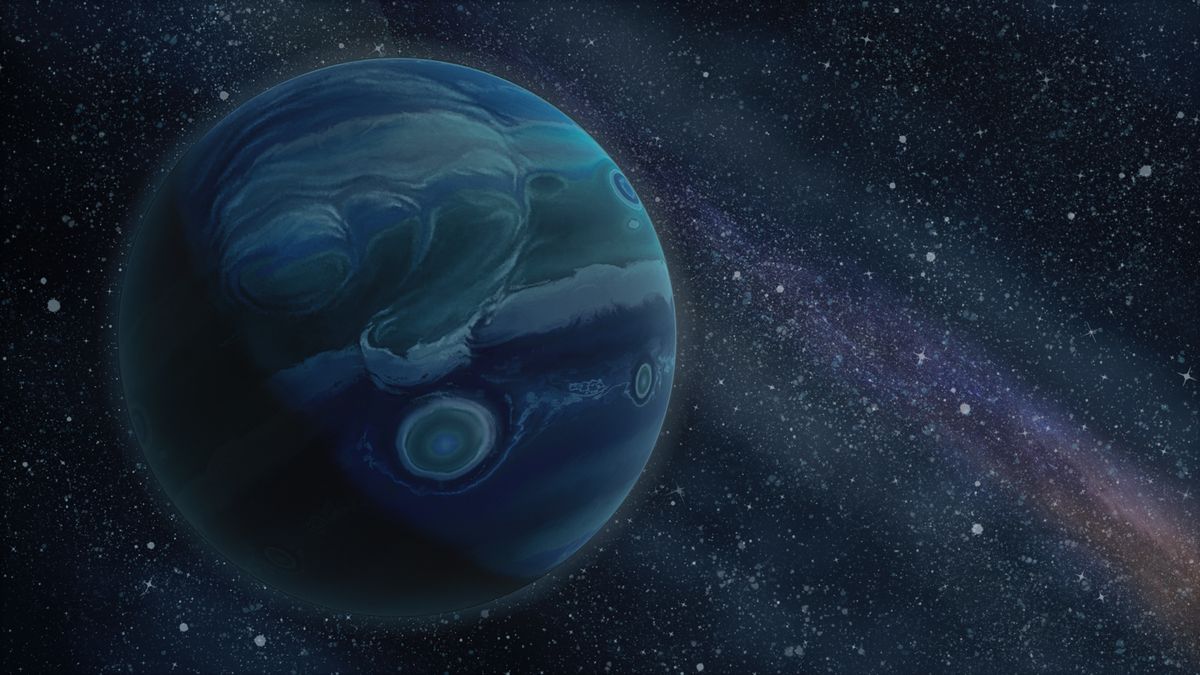
For decades, astronomers have noticed objects behaving strangely beyond the orbit of Neptune. These gravitational anomalies could point to the presence of a hidden, hypothetical world known as Planet Nine. While the planet itself remains undiscovered, Live Science writer Harry Baker reported that scientists are getting closer to narrowing down where Planet Nine might lurk and what its properties could be. The search may finally come to an end in 2025, when the powerful Vera C. Rubin Observatory in Chile finally comes online.
We hope you’ve enjoyed exploring space with us this year. With many exciting new space missions and observatories just around the corner, be sure to follow along in 2025 for more incredible discoveries.


